The Evidence is Compelling and Growing…
A 2013 article in the journal of Restorative Medicine lays out the scientific evidence for these connections in quite convincing detail. Below is a summary of the evidence.
There was a marked increase in the incidence of Autism in the US in the early 1980s following the increased use of acetaminophen. This increased rate and acetaminophen use has continued since then.
The Autism rate in the US is approximately 300 times (30,000%) that in Cuba, which has one of the most highly vaccinated populations in the world at > 95% (http://www.ncbi.nlm.nih.gov/pmc/articles/PMC2095081/). US vaccination rates are lower than Cuba’s (http://www.cdc.gov/nchs/fastats/immunize.htm). Prophylactic acetaminophen use to prevent vaccine associated fever is widespread in the US and extremely uncommon in Cuba.
Acetaminophen use in place of aspirin started its ascendency in late 1970s & early 1980s coinciding with a tremendous increase in Autism and Asthma and at each point where there was a decrease in acetaminophen sales, there was a plateau or decrease of Autism. (Acetaminophen is now in >600 different products.)
Prophylaxis against vaccination reactions is often prescribed with children being put on acetaminophen for 5 days before vaccination with the result that some children develop the first signs of Autism before being vaccinated.
An online survey of parents of children who had received the MMR vaccine (measles, mumps & rubella) showed:
- Children with Autism had more adverse reactions to the vaccine and were more likely to have been given acetaminophen than ibuprofen.
- Compared to non-Autistic children, children aged 1-5 with Autism were (a) 8x more likely to have been sick from the MMR and (b) 6x (600%) more likely to have taken acetaminophen.
- Children who already had Autism before being given the MMR and showed further Autistic regression after receiving the MMR were 4x (400%) more likely to have received acetaminophen.
- 9x (900%) as many children who became Autistic following the MMR had another illness going on at the time they received the vaccination (the most common illness at that age is a upper respiratory infection [URI] for which acetaminophen is the most common treatment for the fever).
- Children who already had Autism when receiving their MMR and then showed regression had a 17x (1700%) increased rate of other ongoing illness at the time of vaccination (and thus likely exposure to acetaminophen).
- There was no increased rate of Autism in children given ibuprofen at the time of MMR vaccination.
Autism is thought to result from toxin accumulation due to an inability to detoxify certain substances. Acetaminophen is removed (detoxified) from our bodies by the sulfation and glucuronidation pathways. The glucuronidation pathway is poorly developed in fetus, newborn & young infant. Children who develop Autism have difficulty detoxifying via the sulfation pathway (due to a genetic defect in the enzyme phenol sulfotransferase [PST]). Acetaminophen therefore accumulates and is pushed into the cytochrome pathway that increases the production of NAPQI (N-acetyl-p-benzoquinone imine), which is even more toxic, because it depletes glutathione. Glutathione is the body’s most abundant antioxidant and detoxifying agent. Depleting it diminishes the body’s ability to detoxify many toxins. As of 2012, there were 170 scientific articles showing an association between toxic chemical exposure and Autism.
Another toxic metabolite of acetaminophen that is increased when there are sulfation defects or if acetaminophen is given in too high doses is AM 404 – a cannabinoid. AM 404 has been shown to cause cell death of Purkinje cells in the cerebellum of the brain. Individuals with Autism have 15 standard deviations below the average number of Purkinje cells of individuals without Autism. This is a huge decrease!
How Do We Put This All Together?
Bodily health depends on the cellular metabolic pathways working correctly. This depends on the enzymes working correctly, which are dependent on the genes that code them. It also depends on the substrates that the enzymes work on and the cofactors that help the enzymes (nutrition). It also depends on there not being toxins (metabolic disruptors) that disrupt the enzymes doing their job. In someone who has an enzyme that is not working as well as it should (sulfation defect) and is exposed to a toxin (acetaminophen) that, because it can’t be sulfated, causes an overabundance of other toxins (AM 404 – that kills Purkinje brain cells & NAPQI – that destroys glutathione – the most abundant antioxidant & detoxifier in the body) and then the body can’t detoxify most of the toxins it is exposed to…that’s a big problem! It is likely the confluence of these things that contribute to Autism.
What Can be Done?
The one variable in the above that is the easiest to affect is acetaminophen. At this point I am recommending to all my patients not to take acetaminophen in any form. This applies to all patients, children or adult. Go to Medicine Checker to see if a medication you are taking or thinking of taking contains acetaminophen. I recommend taking something natural or ibuprofen, if needed, instead because acetaminophen has so many other serious side-effects – all well outlined in the referenced article: “Evidence that Increased Acetaminophen use in Genetically Vulnerable Children Appears to be a Major Cause of the Epidemics of Autism, Attention Deficit with Hyperactivity, and Asthma“. A table listing some of these side-effects is below.
You can also contact the FDA requesting studies on the safety of Acetaminophen. One such ethical study would be to study the incidence of Autism following MMR vaccinations and the use of ibuprofen for fever.
Educate your Pediatrician. Share this article him/her.
Educate your friends and family. share this article with them.
Reference
1. William Shaw, PhD, Evidence that Increased Acetaminophen use in Genetically Vulnerable Children Appears to be a Major Cause of the Epidemics of Autism, Attention Deficit with Hyperactivity, and Asthma, Journal of Restorative Medicine 2013; 2: page 14

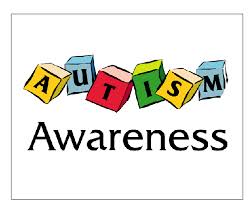
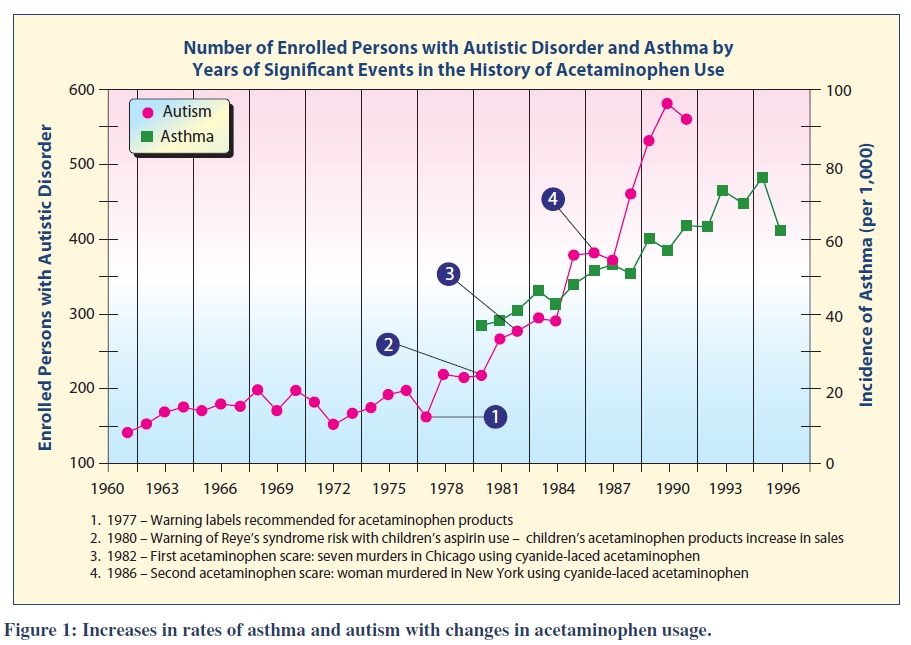
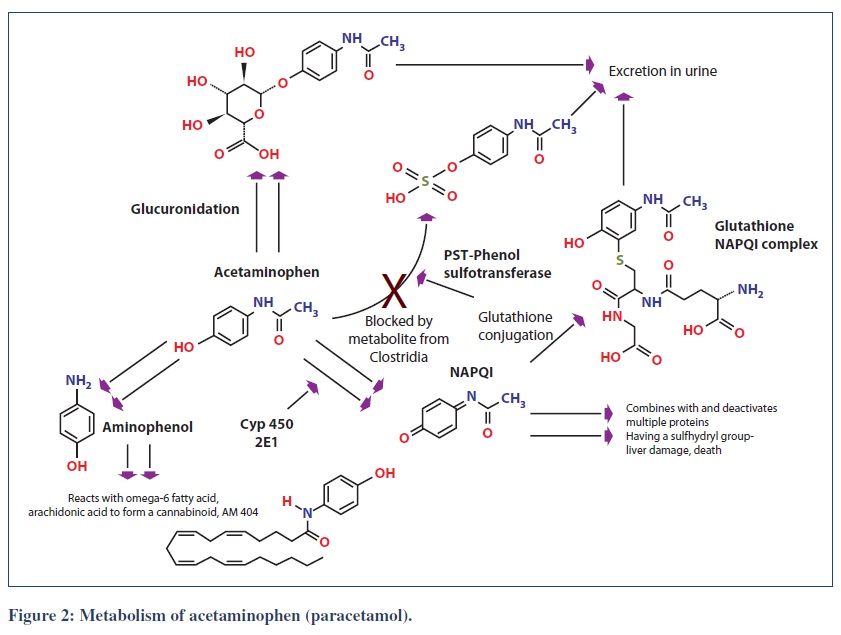
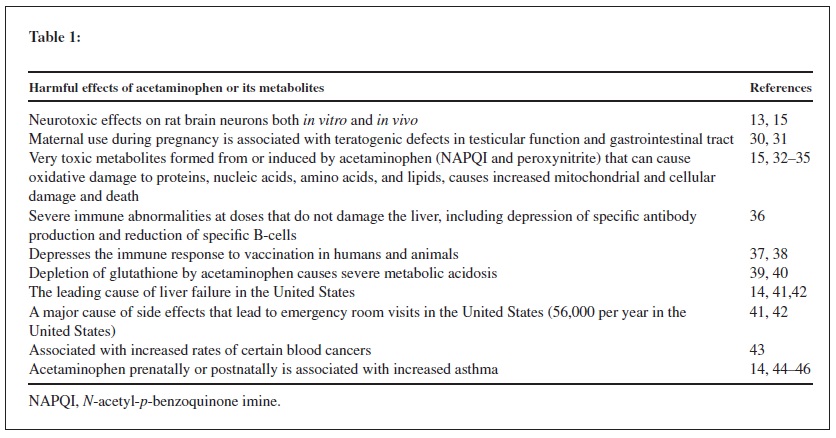
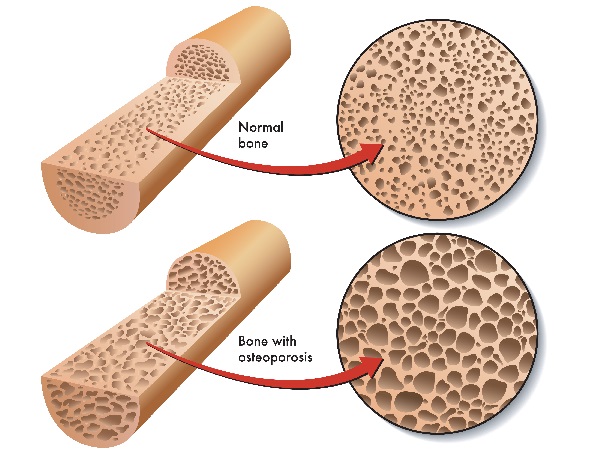

0 Comments